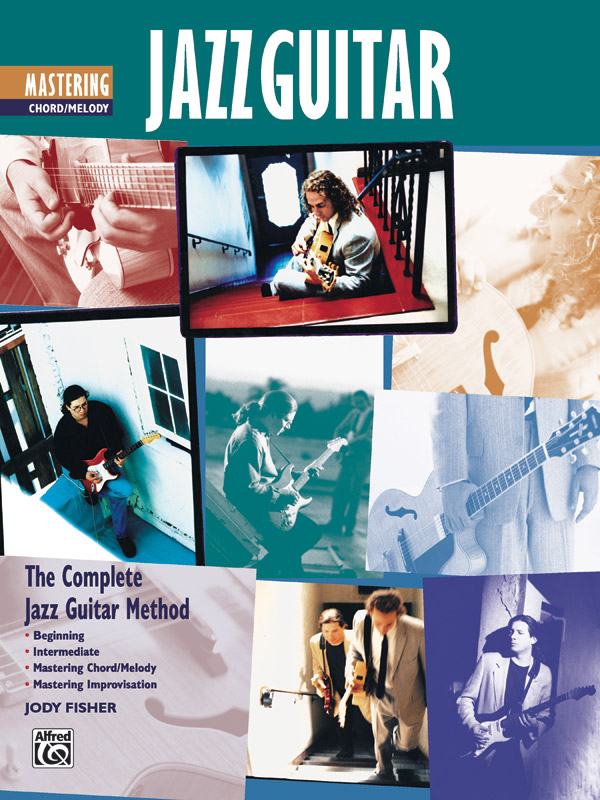Jarick
Rock Star
- Messages
- 5,004
If there's one area I've improved the last couple of years, it's getting much better at playing chords and melodies up and down the fretboard. I credit this to watching Tom Bukovac's videos, where he really introduced the idea of needing to know your notes and chords everywhere. I'm nowhere near proficient at this, and still haven't even memorized all the notes, but I can now start to feel out chord shapes in different positions while playing melodies, and it really ties everything together for me. Really enjoying playing along to some basic backing tracks now and not just trying to play notes on a scale but sing phrases on the guitar that keep coming back to the rhythm chords.
It's a departure from when I grew up basically playing punk and rock and doing just enough to get by. I really wish as a kid that I had been able to take guitar lessons and start to open my mind up to a more theory-based approach when I was younger and more malleable.
Anyone else working on music theory, learning the fretboard, chords and shapes beyond the basic scales? Any books, videos, or courses you like for this?
It's a departure from when I grew up basically playing punk and rock and doing just enough to get by. I really wish as a kid that I had been able to take guitar lessons and start to open my mind up to a more theory-based approach when I was younger and more malleable.
Anyone else working on music theory, learning the fretboard, chords and shapes beyond the basic scales? Any books, videos, or courses you like for this?


